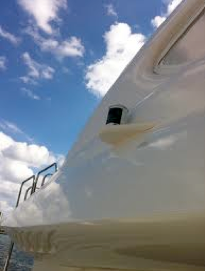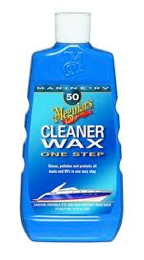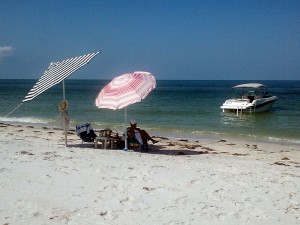Tropical Storm Isaac Storm Preparations For your Dock & Boat Lift
By Stokes Marine, Inc.
PRE-STORM
- Remove the boat from the lift & store in a safe place.
- If the boat can not be removed, raise the craft as high at you can & tie the vessel snug to the lift if your particular configuration will allow you to raise above storm surge levels. Remove the boat plugs so water will drain out & not overload the structure.
- If the boat can not be removed & your configuration places you below the storm surge levels, then once again raise as high as you can & secure to the lift. Also secure long ropes to anchor points just in case the surge lifts the boat off the lift, “potentially” this will help it stay somewhat close to your boat lift. Leaving the plugs in or out is up to you, either way your boat will have a lot of water in it.
- Once the boat is removed, lower the cradles to the bottom below the water level. This will keep it from swinging in the wind.
- If you have a low profile installation, or if the tide surge could reach the height of your boat lift motors, switches, covers remove & store in a dry safe place. If you have a sealed direct drive system you need to remove the gear unit as well. If the gears go underwater, saltwater will collect inside that sealed housing allowing the salt crystals to freeze up the gears. Make sure you lower the cable down to the lowest point BEFORE removing the gear as the cable will free spool back down once the gear is removed.
- Tighten all nuts & bolts on the lifts.
POST STORM
- Visually inspect the lift before operating again; make sure the structure is sound & square. If the lift has shifted the unit needs to be realigned for proper performance.
- Double & triple check the cables to ensure there are no questionable areas. If you see issues do not operate the lift until new cables can be purchased & installed.
- Inspect below & behind the boat lift for any debris & clear out accordingly.
- Assuming there is a loss of a power a generator can be used but the generator needs to be properly grounded or the motor will burn up. Amps x voltage will tell you what watt generator is needed to successfully operate the lift.
- If you do not have a generator, depending on your drive unit type and lift capacity an adapter for manual operation may be available. It attaches to the end of a cordless drill & can raise & lower the boat manually.
- Inspect all the attaching hardware on the boat lift, if you see bent bolts replace before operating. Double check that the fasteners are tight & in good condition.
- If your lift or dock needs repair contact Stokes Marine for assistance.
How to Operate your Emergency Override on your Automatic Stop
A few weeks ago during tropical storm Debby our area experienced extreme high tides associated with the storm. Many people’s docks and seawalls were under water. A lot of our customers with a remote control and automatic stop called asking how they could raise their boat lifts up higher to ensure their boat would not float off the lift. So here we go again with the possibility of Tropical Storm Isaac coming ashore.
Assuming you have a remote control and automatic stop you are aware of the fact that your lift will only go so far up and so far down as these upper and lower stops or limits are set when the lift is installed and wired. This prevents you from lowering your lift down too far and getting slack in the cables, which creates the need to re-wrap the cables to prevent damaging them and level out the cradle assembly. The upper limit prevents the cradle assembly from being raised too high and hitting the top beam assembly resulting in costly repairs and potentially dropping the boat. These are common problems if you run the lift too far in either direction.
If you are in a situation where you need to raise your boat higher than the limit switch is stopping the lift, you do not have to reset the upper limit. You can simply override the limit switch. This is done by inserting a pencil or probe in the perforated emergency override up hole located on the yellow face plate of the switch box. It is centered in the top third of the face plate just to the left of the up button. Simply insert the probe pushing and holding it against the switch located behind the face plate until the boat reaches your desired height. In order to stop the lift, remove the probe from the perforated hole therefore disengaging the switch.
This same procedure is followed for lowering the lift past the spot that the lower limit stops the lift. Follow the same steps above except you will be inserting the probe in the perforated emergency override down hole which is centered in the middle of the face plate just to the left of the auto stop button. Remember the power to the switch box must be on in order to raise or lower the lift using these emergency override options.
A few things to be careful of when overriding your lift higher or lower than the preset limits include:
Only allow your cables to wrap to the end of the cable winder without double stacking the wraps-do not raise the boat into your canopy or boat house.
Do not raise your cradle assembly into your top beam if you have a lower profile top beam installed.
Do not allow the cradle assembly to touch the bottom or else you will get slack in your cables allowing them to unwind and tangle on the winder.







